Video-Podcasts of Hermann Staudinger Lectures
THE FRIAS WEBSITE HAS MOVED. YOU CAN ACCESS CURRENT INFORMATION AT THE NEW DOMAIN: HTTPS://UNI-FREIBURG.DE/FRIAS/
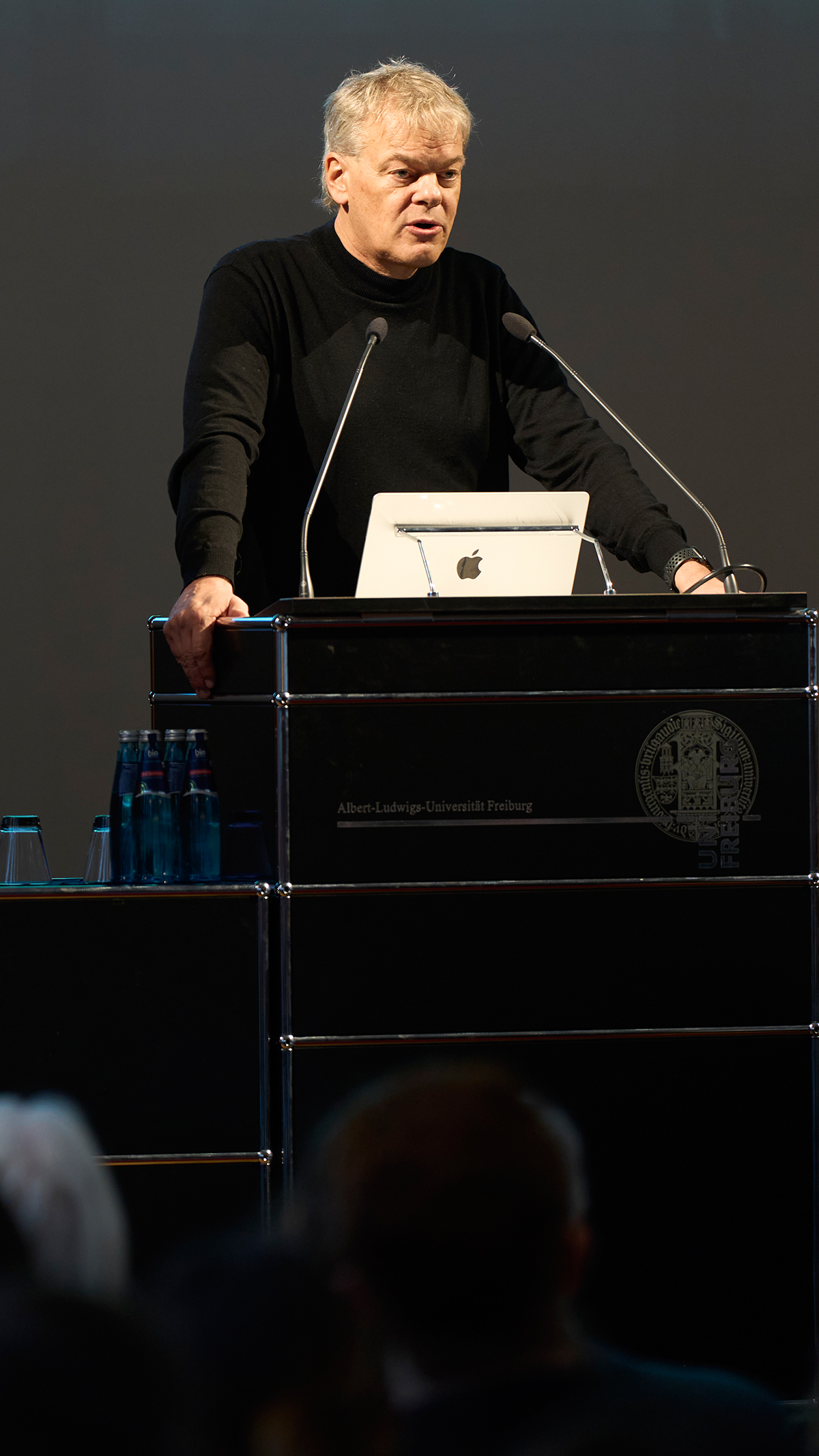 |
30. Hermann Staudinger Lecture: “Neural computation of space and time” Nobel Laureate Edvard I. Moser (Founding Director of the Kavli Institute for Systems Neuroscience, Oslo), 12.12.2023 Edvard Moser (Nobel Laureate in Physiology or Medicine 2014) discussed recent advances in our understanding of the brain´s mechanisms for tracking space and time, brain functions that are generated not merely by integration of sensory inputs but rather by internal dynamics of the cortex. In mammals, space is mapped by complex neural networks in the hippocampus and medial entorhinal cortex. These brain areas contain specialized position-coding cell types, including the grid cells of the medial entorhinal cortex – cells that are active when animals are at specific locations that tile environments in a periodic hexagonal pattern. Moser showed how recent technological developments allow the dynamics of thousands of neurons to be monitored during behavior. Based on experiments with these new technologies, he showed how the dynamics of grid cells arises in interactions among large neural populations and how the joint activity of grid cells operates on a low-dimensional manifold with the topology of a torus, in agreement with continuous attractor network models of grid cells. He further showed how time and sequences are encoded across seconds to hours in the population state space of entorhinal neural networks and how specialized dynamics of the lateral part of entorhinal cell populations provides the brain with a neural code that uniquely expresses the passage of cumulative experience correlated with time. |
|---|---|
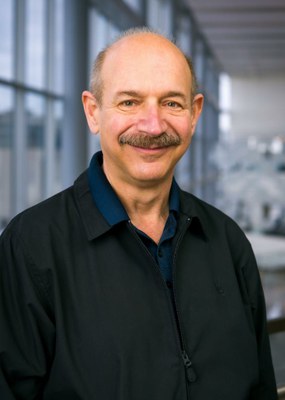 |
29. Hermann Staudinger Lecture: "Discovering TNF, TLRs, and other key components of the immune system" Nobel Laureate Bruce Beutler (University of Texas Southwestern Medical Center), 05.10.2022 Early in his early career, Nobel Laureate in Medicine or Physiology 2011 Bruce Beutler isolated mouse TNF, a protein secreted by macrophages in response to lipopolysaccharide (LPS). He determined that TNF mediated many LPS effects, including systemic inflammation, shock and death. His attention was drawn to the LPS receptor, which was responsible for alerting mammals to the presence of Gram(-) infection. His colleagues and him identified it as Toll-like receptor 4 by positional cloning and revealed an entire family of innate immune receptors that recognize molecular signatures of infection. This experience led them to create many other immunological phenotypes through random germline mutagenesis. They tracked them down one by one. In recent years, his laboratory has developed automated meiotic mapping (AMM), which makes positional cloning an instantaneous procedure. Using AMM, they have positionally ascribed approximately 30,000 phenotypes to individual mutations: an accomplishment that only recently would have required thousands of years. This has allowed them to identify the majority of genes needed for robust immunity and also has opened the door to a systematic search for disease modifier mutations. |
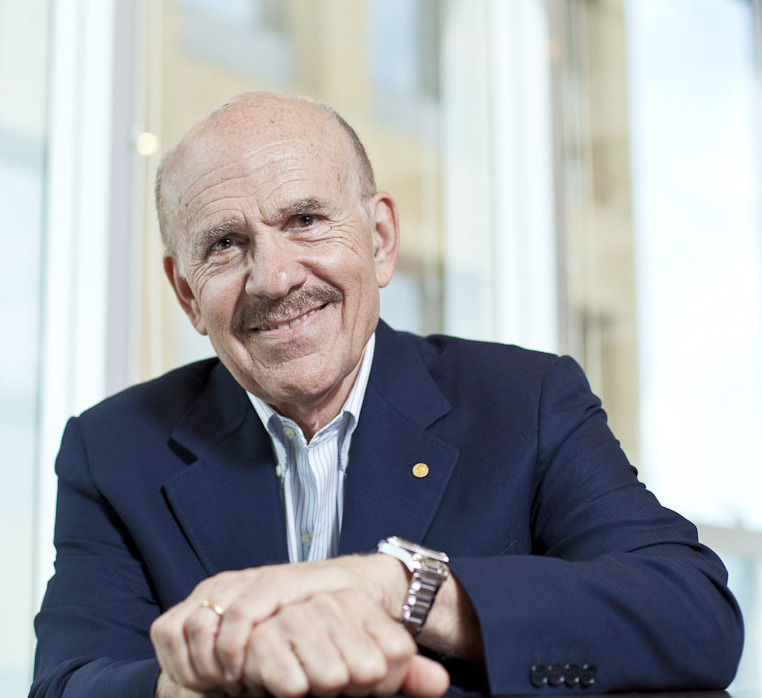 |
28. Hermann Staudinger Lecture: "The Road to Stockholm - A Noble Mission" Nobel Laureate Louis J. Ignarro (University of California, Los Angeles), 05.11.2019 The field of nitric oxide (NO) research has developed in explosive proportions since the discovery of endogenous NO in 1986. The first biologically important actions of NO were vasodilation and inhibition of blood clotting, by mechanisms involving stimulation of cyclic GMP production. The cyclic GMP system is the principal signal transduction mechanism by which NO elicits many of its physiological effects in mammals. NO acts as a CNS and peripheral neurotransmitter, where NO facilitates memory, learning, recall and erectile function. Based on these properties of NO, new drugs have been and are being developed to treat hypertension, atherosclerosis, stroke, angina pectoris, heart failure, vascular complications of diabetes, GI ulcers, impotency and other vascular disorders. The unique properties of NO allow for the opportunity to develop novel drugs for diagnosis, prevention and treatment of a multitude of cardiovascular and other disorders. |
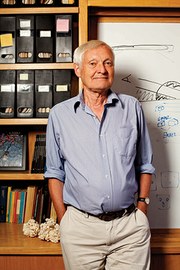 |
25. Hermann Staudinger Lecture: "Visualization of Biomolecules in their Native States" Nobel Laureate Joachim Frank (Columbia University, New York, USA), June 2, 2018 For decades, structure determination of biological molecules has been dominated by X-ray crystallography, a technique which requires highly ordered crystals and usually depicts the molecule in a single conformation that is not necessarily relevant for its function. In contrast, single-particle cryo-electron microscopy (cryo-EM) is able to depict the molecule in all naturally occurring states and requires no crystals. Since around 2013, with the arrival of direct electron detecting cameras, near-atomic resolution (2-4 Å) is routinely achieved. A few examples illustrate that the impact of these new developments on biological knowledge and the future of Molecular Medicine will be substantial. Further information |
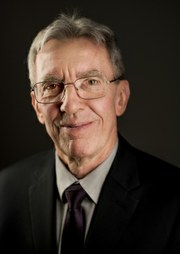 |
24. Hermann Staudinger Lecture: "From Chemical Topology to Molecular Machines" Nobelpreisträger Jean-Pierre Sauvage (Institut de Science et d'Ingénierie Supramoléculaires and International Center for Frontier Research in Chemistry, University of Strasbourg), 09.01.2018 In biology, motor proteins are of utmost importance in a large variety of processes essential to life (ATPsynthase, a rotary motor, or the myosin-actin complex of striated muscles responsible for contraction or elongation). In the course of the last 20 years, the field of artificial molecular machines has experienced a spectacular development, in relation to molecular devices at the nanometric level or mimics of biological motors. A few recent examples are based on simple or more complex interlocking ring compounds acting as molecular machines. Particularly significant examples include "molecular shuttles" as well as more complex species reminiscent of muscles or able to act as molecular compressors. |
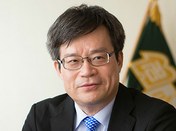 |
Nobel Laureate Hiroshi Amano (Nagoya University), March 16th, 2017 The younger generation can enjoy full-color portable games because of the emergence of GaN-based blue LEDs. In combination with phosphors, they can act as white light source and are used in general lighting. AlGaN-based deep-UV LEDs are effective for sterilization and purification of water. Microwave amplifiers employing GaAs-based HFETs are being replaced with those employing GaN-based HFETs because of their capability of higher-power operation. By replacing Si-based power devices, the average efficiency of inverters or converters can be improved from 95% to more than 99%. The current status of our understanding of nitride semiconductors will be discussed. |
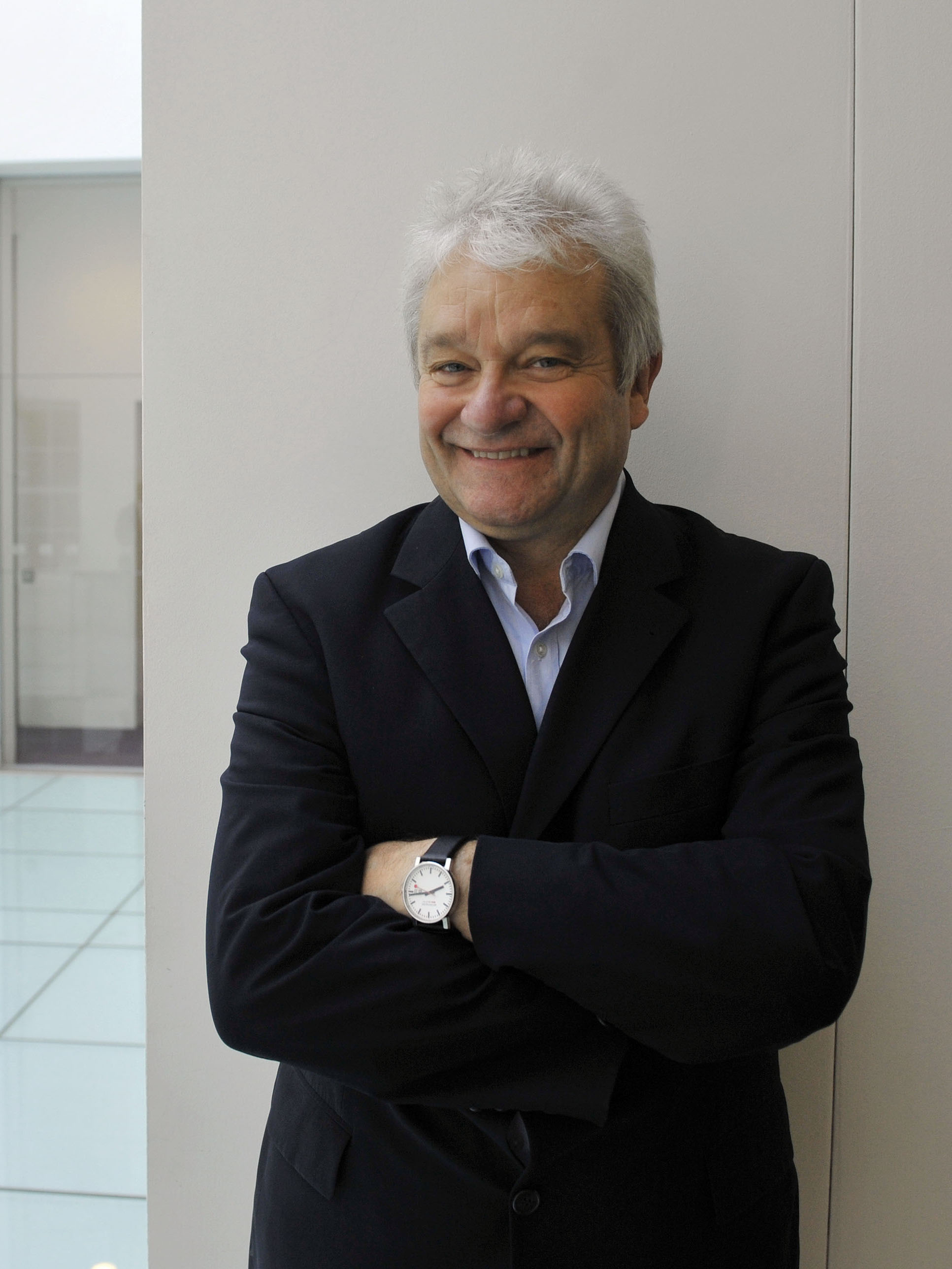 |
22nd Hermann Staudinger Lecture with Nobel Laureate Paul Nurse Nobel Laureate Paul Nurse (Francis Crick Institute, London), December 14th, 2016 Both S-phase and mitosis are common to all cell cycles and both are necessary for the two newly divided cells to receive a full complement of genes. In fission yeast the onset of S-phase and mitosis can be controlled by a single cyclin dependent kinase with different levels of CDK activity bringing about progression through the cell cycle in an orderly fashion. Using phosphoproteomics we show that a low CDK activity is sufficient to bring about S-phase whilst a high activity blocks a further S-phase and is needed for onset of mitosis. A G2 cell can be programmed to undergo either S-phase or mitosis simply by modifying CDK activity indicating there is no inherent direction in the cell cycle. |
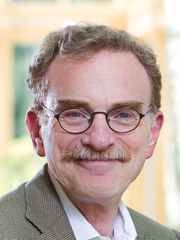 |
Nobel Laureate Randy Schekman (University of California, Berkeley), March 9, 2016 Large particles, such as lipoproteins, collagen and extracellular vesicles are secreted from animal cells in vivo and in cell culture. These particles represent a challenge for the normal secretory machinery. We have found that the rigid rod of procollagen can be accommodated in a giant transport vesicle dependent on the usual machinery involved in traffic from the endoplasmic reticulum. Extracellular vesicles are secreted by budding into an endosome or from the cell surface. Extracellular vesicles package a select set of micro RNAs that are sorted by an RNA binding protein and are dependent on a short nucleotide sequence that constitutes an RNA sorting signal. |
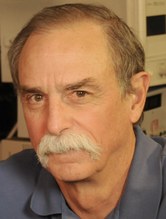 |
18th Hermann Staudinger Lecture: "Superposition, Entanglement, and Raising Schrödinger’s Cat" Nobel Laureate David Wineland (NIST, Boulder, Colorado), December 9, 2014 Research on precise control of quantum systems occurs in many laboratories throughout the world, for fundamental research, new measurement techniques, and more recently for quantum information processing. I will briefly describe experiments on quantum state manipulation of atomic ions at the National Institute of Standards and Technology (NIST), which serve as examples of similar work being performed with many other atomic, molecular, optical (AMO) and condensed matter systems around the world. This talk is in part the “story” of my involvement that I presented at the 2012 Nobel Prize ceremonies. Further information |
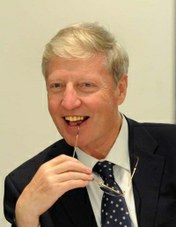 |
16th Hermann Staudinger Lecture: "Innate Immunity: from Flies to Humans" Nobel Laureate Jules Hoffmann (Université de Strasbourg), January 21, 2014 Insects make up nearly 80% of all extant species on earth and present a formidable challenge as they put one third of humanity at continuous risk of often severe diseases, namely through their role as vectors of various types of pathogens. Insects have long been known to be resistant to various types of bacterial, fungal, viral and parasitic infections. The mechanisms underlying this resistance, other than the well known process of phagocytosis, have only been addressed relatively recently, and a general simplified picture of these defences will be presented. The fruitfly Drosophila is to be credited for much of the progress in the field. Genetic analysis has identified two signaling pathways which control the expression of antimicrobial peptides: the Toll pathway, which primarily controls the response to fungi and Gram-positive bacteria, and the IMD pathway which is efficient in fighting Gram-negative bacterial infections. Unexpectedly, the unravelling of the Drosophila antimicrobial defences has had an impact on understanding some essential facets of mammalian immunity. It has also led to a renewed interest in innate immunity, a long neglected field in the study of antimicrobial defences in general. In particular, the contribution of the Drosophila model to our present understanding of innate immunity, from sea anemones to humans, will be highlighted. Further information |
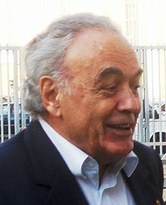 |
Nobel Laureate Werner Arber (Universität Basel), January 19, 2012 Nobel Laureate Werner Arber presented the 11th Staudinger Lecture “From Microbial Genetics to Molecular Genetics and to Molecular Evolution” on 19th January 2012. Arber earned the 1978 Nobel Prize in Physiology/Medicine together with Daniel Nathans and Hamilton Othanel Smith for the discovery of restriction endonucleases, which lead to the development of recombinant DNA technology. This basic knowledge greatly facilitated further studies on structural and functional characteristics of genetic information. Scientists discussed conjectural risks of their experimentations which led to the introduction of appropriate guidelines. In order to evaluate long-term evolutionary risks of genetic engineering, natural mechanisms of spontaneous genetic variation had to be understood at the molecular level and compared with strategies of genetic engineering. Again, microbial genetic approaches revealed that many different specific molecular mechanisms belonging to three qualitatively different natural strategies contribute to the overall genetic variation, the driving force of biological evolution. In his lecture, Arber discussed philosophical and practical implications of these insights into the natural process of biological evolution. |
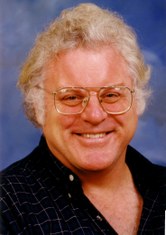 |
10th Hermann Staudinger Lecture: "When Coal is Gone" Nobel Laureate Robert B. Laughlin (Stanford University), May 12, 2011 Regardless of what happens with global warming, the era of fossil fuel burning will come to an end in about six generations. In this talk I shall try to shed some light on this great historical event, and on the present-day energy problem generally, by looking at the transition "retrospectively" from the point of view of a person living in that future time. Of course, this presupposes that the human race survives the transition away from fossil fuel, but that’s a reasonable assumption in light of how extraordinarily adaptable (and prolific) we are. A person living in that time acts like you, looks like you and thinks thoughts not so different from yours. What are those thoughts? What kind of life does this person lead? What is the world like? Are there cars? Are there jet airplanes? Do the lights come on when people flip the switch? What do people study in school about the fossil fuel time, now a distant memory? The answers to these questions turn out to be surprisingly easy to answer given our knowledge of basic physical constraints and human nature. How the transition itself plays out depends on what we do now, but the final outcome does not. |
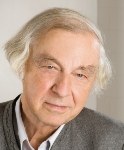 |
8th Hermann Staudinger Lecture: "Intracellular Proteolysis: Mechanisms, Structures, and Application" Nobel Laureate Robert Huber, Max Planck Institute of Biochemistry, Martinsried, December 16, 2010 Within cells or subcellular compartments misfolded and/or short-lived regulatory proteins are degraded by protease machines, cage-forming multi-subunit assemblages. Their proteolytic active sites are sequestered within the particles and located on the inner walls. Access of protein substrates is regulated by protein subcomplexes or protein domains which may assist in substrate unfolding dependent of ATP. Five protease machines will be described displaying different subunit structures, oligomeric states, enzymatic mechanisms, and regulatory properties. |
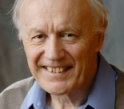 |
7th Hermann Staudinger Lecture: "Why Can't Time Run Backwards? Nobel Laureate Anthony Leggett (University of Illinois at Urbana-Champaign), November 23, 2010 We can all tell when a movie of some everyday event, such as a kettle boiling or a glass shattering, is run backwards. Similarly, we all feel that we can remember the past and affect the future, not vice versa. So there is a very clear "arrow" (direction) of time built into our interpretation of our everyday experience. Yet the fundamental microscopic laws of physics, be they classical or quantum-mechanical, look exactly the same if the direction of time is reversed. |
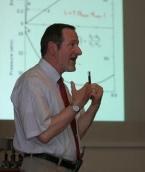 |
1st Hermann Staudinger Lecture Nobelpreisträger Douglas Osheroff (Stanford University), June 27, 2008 For the first Hermann Staudinger Lecture, on Friday, June 27th 2008, the Freiburg Institute of Advanced Studies (FRIAS) welcomed a world-renowned physicist, Douglas D. Osheroff of Stanford University, Departments of Physics and Applied Physics. In 1996 Osheroff was awarded the Nobel Prize in Physics with David Lee and Robert C. Richardson for discovering the superfluidic nature of 3He. This discovery was made in 1971 while Osheroff was a graduate at Cornell University. In the focus of Osheroff’s talk were discoveries and advances in science at large. By their very nature, those discoveries that most change the way we think about nature cannot be anticipated. How, then, are such discoveries made, and are there research strategies which can increase the probability of making such a discovery? |

